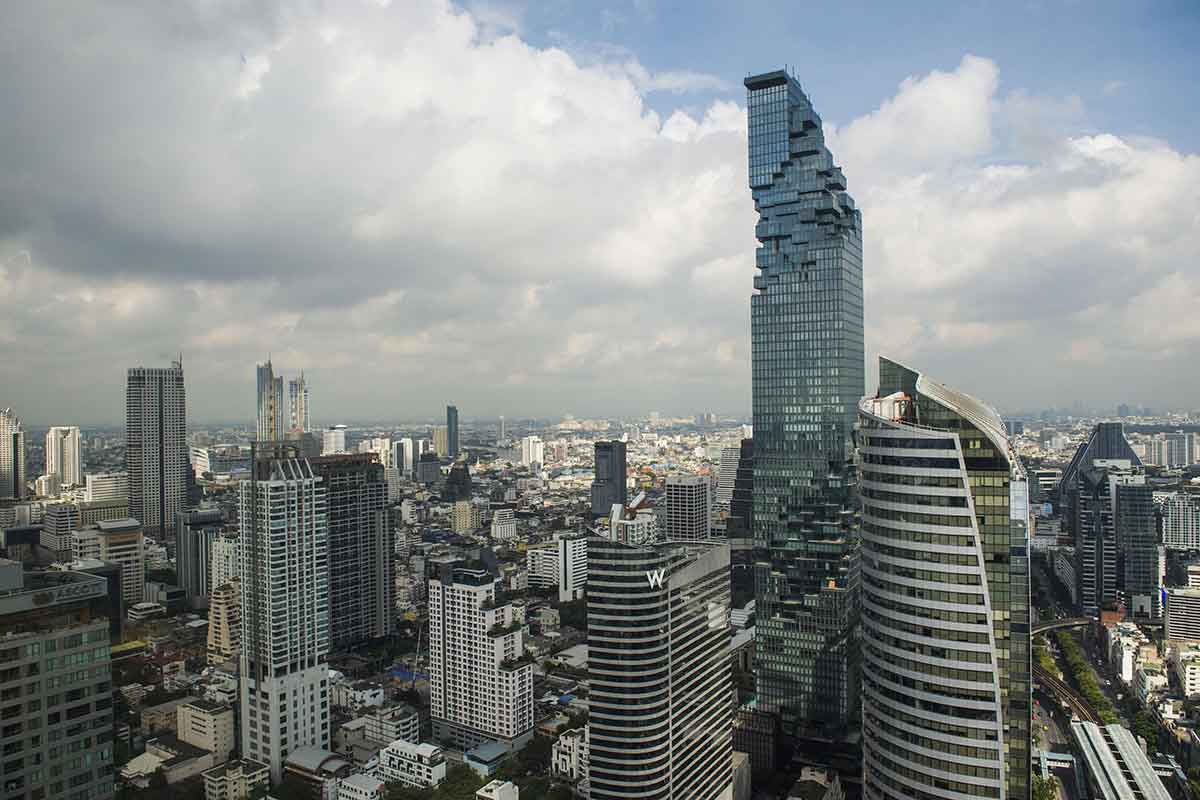A major achievement of the European Union (EU) has been the freedom that it has provided for its citizens to travel across borders and live and work together. However, perhaps its greatest legacy is the opportunity that it provides for its member states to address common challenges that span political and historical boundaries. By setting minimum standards, for example for trade, safety and human rights, the EU ensures that individual member states cannot gain unfair advantage through practices that undermine those of their neighbours.
Through the free movement of products and services, the EU has built an internal market of over 500 million citizens. Through common standards, the EU allows member states to address transboundary challenges, such as the cleanliness of their beaches, that could not be solved by a single country acting alone.
For me, the greatest influence of the EU has been on my research. Co-ordinating a series of EU projects has set a context for my own research not just with other European institutions but also with global partners. EU programmes support research projects that, however outstanding in quality, must obey certain rules. For example, researchers must work with partners from other countries and not just their compatriots, must justify the developmental impacts of their research and must share knowledge with partners. These rules ensure collaboration towards a common goal rather than research that meets only the academic interests of individual researchers. Encouraging collaboration also allows transdisciplinary, multinational efforts that deliver outputs to end-users such as communities, businesses and governments.
Once academics recognise the rules of funding, most are willing to play the game. A less obvious benefit is that EU projects encourage cultural exchange that goes beyond the research alone. Having co-ordinated three EU projects, I have learned more from working with European, African and Asian colleagues than from the research itself. The experience gained from crossing subject and national backgrounds provides intercultural skills that transcend academic qualifications. It is also more rewarding.
So, what can ASEAN countries learn from the EU experience? A lot. First, ASEAN represents an internal market of 639 million people. It nestles within an Asia Pacific region that includes China, India and Japan – a regional market of 4.3 billion people or 60 percent of the world population. In a very real sense ASEAN sits at the demographic and geographical heart of the future of humanity. This is an advantage that ASEAN states would be crazy to ignore. However, to benefit, ASEAN members must work together. Within the founding principles of national autonomy, ASEAN states need to build collective strengths and remove political and bureaucratic barriers. Harmonisation will allow ASEAN countries to produce goods and services that meet the needs of their aspirational and increasingly urbanised populations and a common ASEAN brand for export markets.
For the future, “business-as-usual” will not be enough. Simply making goods that are cheaper or even better than their competitors will not ensure success. ASEAN leaders must encourage the entrepreneurial talents of their citizens through disruptive innovations and new thinking. Bureaucrats must be seen, not as obstacles to progress, but as facilitators of change. For this, they must encourage the sharing of human resources across borders and around new skill sets. At their worst, big data, internet-of-things (IoT), artificial intelligence (AI) and Industry 4.0 are merely slogans. At their best, they are simply technologies. To have any value they must have a purpose underpinned by a vision.
ASEAN sits on the threshold of two huge challenges with real opportunities for impact; climate change and sustainable development. First, with the abdication of US leadership, ASEAN has an opportunity, indeed an obligation, to take leadership for global responses to climate change. As the repository of some of the planet’s greatest terrestrial and marine biodiversity, ASEAN countries can help meet the United Nations (UN) Paris Agreement target of keeping global temperature increases within two degrees Celsius.
Here, novel technologies and common actions can help mitigate the worst impacts of climate change, for example by increasing forest cover to sequester atmospheric carbon dioxide, and adapt to its consequences, for example by building climate-resilient agricultural value chains from local crops. Second, most countries have endorsed the United Nations 2030 Agenda for Sustainable Development which aims for a world without poverty by 2030. All ASEAN member states are signatories both to the Paris Agreement and the 2030 Agenda for Sustainable Development.
No single country is on track to meet their commitments to either.
Imagine an ASEAN-wide commitment to meeting the challenges of the Paris Agreement whilst at the same time eradicating poverty within ASEAN by 2030. Only by leadership and shared resources that facilitate collective actions, disruptive technologies and innovations can ASEAN show that it is rich but not crazy after all.
Sayed Azam-Ali is the first Chief Executive Officer of the Crops for the Future Research Centre (CFFRC) in Malaysia. He also holds the Chair in Global Food Security at the University of Nottingham.
